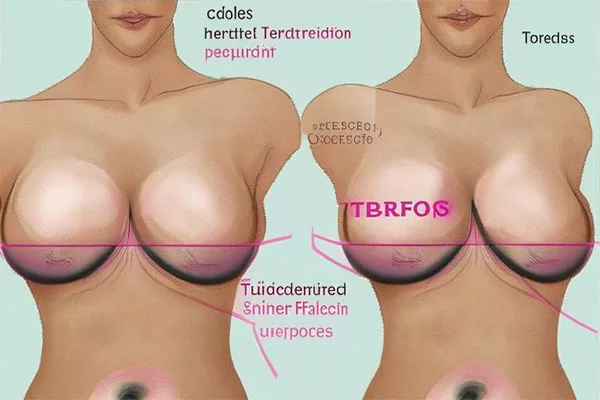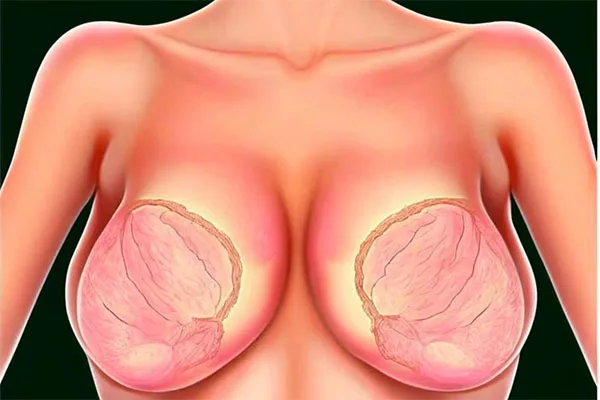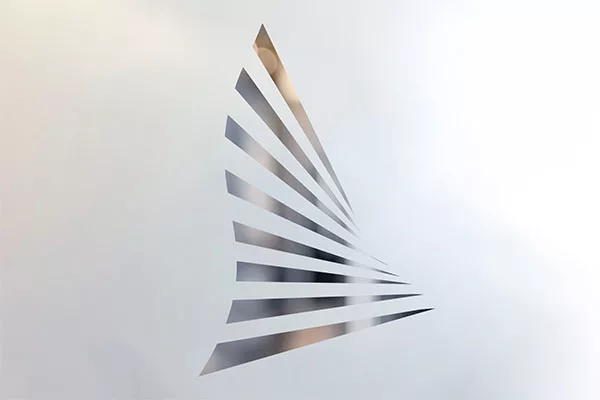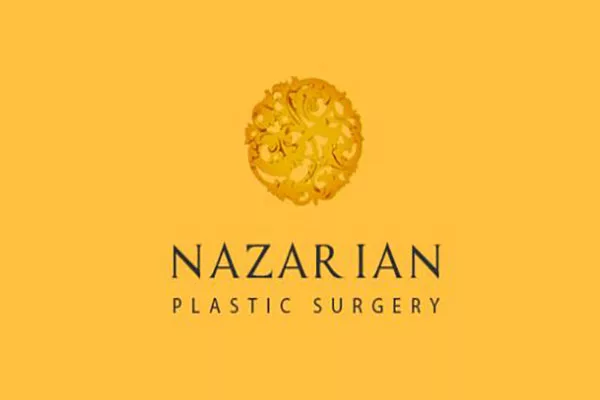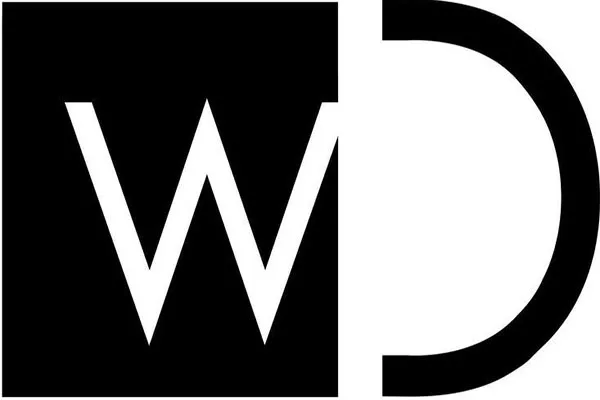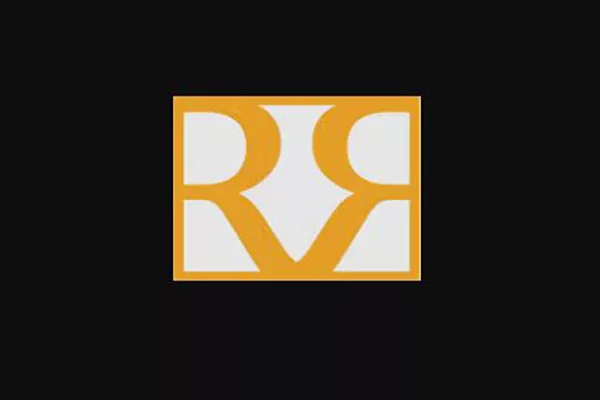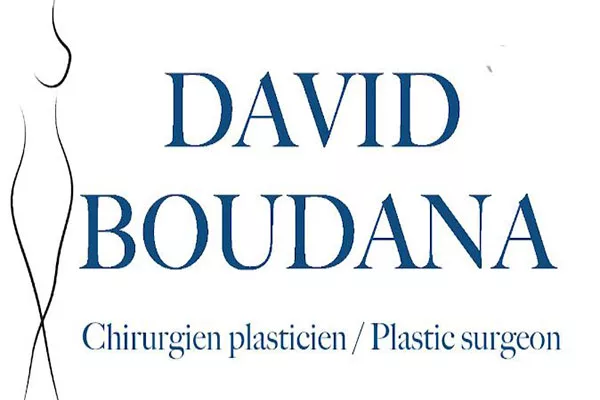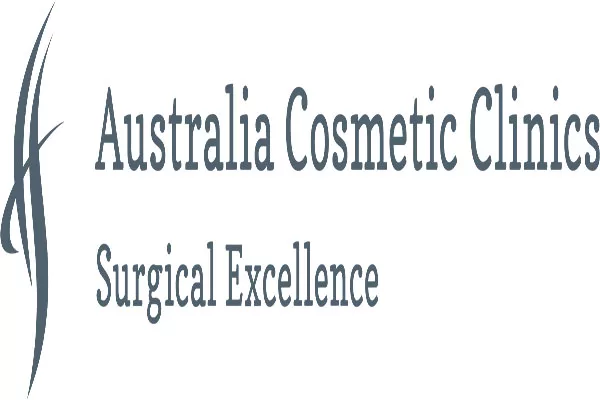Tuberous Breast Correction
Tuberous breasts, also known as tubular breasts, are a congenital abnormality of the breast that can affect both men and women. The condition is characterized by breasts that appear constricted, narrow, and droopy, with a long and narrow base. The areola may also appear enlarged, giving the breasts an unusual appearance.
Correcting tuberous breasts typically involves surgical intervention. There are various surgical procedures that can correct tuberous breasts, including breast augmentation, breast lift, and nipple reduction. The specific procedure will depend on the degree of tuberosity and other factors.
In this article, we will explore tuberous breast correction in more detail, including the causes of the condition, the different surgical options available, and what to expect during the recovery process.
Causes of Tuberous Breasts
The exact cause of tuberous breasts is unclear, but it is believed to be a congenital abnormality that occurs during breast development. Some studies have suggested that the condition may be caused by an abnormality in the breast tissue that leads to stunted development, resulting in a narrow and elongated breast shape.
Other factors that may contribute to the development of tuberous breasts include hormonal imbalances, genetics, and certain medical conditions. Women with tuberous breasts may also experience difficulties with breast-feeding and may be at a higher risk for developing breast cancer.
Symptoms of Tuberous Breasts
The primary symptom of tuberous breasts is an unusual breast shape that may cause self-consciousness or embarrassment. Other symptoms can include:
- Enlarged or puffy areolas
- Inverted nipples
- Asymmetrical breasts
- Widely spaced breasts
- Lack of breast fullness
- Drooping breasts
It’s important to note that some women may have mild cases of tuberous breasts that don’t cause any noticeable symptoms. However, if the condition is causing emotional distress or affecting one’s quality of life, surgical correction may be an option.
Diagnostic Tools for Tuberous Breasts
A clinical breast exam by a physician can often detect tuberous breasts, but imaging tests may be necessary to fully evaluate the nature and degree of the deformity. These may include:
- Mammogram: A mammogram is an X-ray of the breast tissue that can detect any lumps, bumps or other abnormalities. It is often used as a screening tool for breast cancer, but can also help diagnose tuberous breasts.
- Ultrasound: An ultrasound can give a more detailed picture of the breast tissue, helping to identify any abnormalities or structural issues.
- MRI: An MRI can provide an even more detailed look at the breast tissue, helping to evaluate the extent of the deformity and assist in surgical planning.
It’s important to choose an experienced breast surgeon who can accurately diagnose and treat tuberous breasts.
Surgical Options for Tuberous Breast Correction
There are a variety of surgical options available for correcting tuberous breasts. The specific procedure will depend on the degree of tuberosity and other factors, such as the amount of breast tissue and skin present. Some common surgical options include:
- Breast augmentation: Breast augmentation can be used to increase breast size and fullness, correcting the narrow and elongated shape of tuberous breasts. Implants can be placed either above or below the chest muscle, depending on the patient’s specific needs.
- Breast lift: A breast lift may be performed in conjunction with breast augmentation, or as a standalone procedure. The goal of a breast lift is to lift and reshape the breast tissue, correcting drooping and giving the breasts a more youthful appearance.
- Nipple reduction: In some cases, the areolas of patients with tuberous breasts may appear enlarged or puffy. Nipple reduction surgery can resize the areolas, helping to improve the overall appearance and symmetry of the breasts.
- Tissue expansion: Tissue expansion involves inserting a temporary implant to stretch the skin and tissue in the breast area, allowing for a subsequent breast augmentation with fewer complications.
- Areola reduction: In some cases, the areolas may be reconstructed or reduced in size to produce a more aesthetically pleasing appearance.
Surgical treatment options should be discussed with a qualified plastic surgeon.
Surgical Considerations for Tuberous Breast Correction
When considering surgical treatment for tuberous breasts, there are a few important factors to keep in mind. These include:
- Breast development: Tuberous breasts can affect breast development, and the extent of surgery required will depend on the degree of tuberosity and other factors affecting development.
- Recovery time: Recovery time will vary depending on the specific procedure performed. Patients should follow postoperative instructions provided by their surgeon to ensure the best possible outcome.
- Scarring: As with any surgical procedure, scarring is a possibility. The extent of scarring will depend on the type and extent of surgery. Surgeons can minimize scarring by placing incisions in concealed locations.
- Breastfeeding: Women who plan to have children in the future may need to consider how surgery for tuberous breasts could affect their ability to breastfeed. Some procedures may result in a reduction or alteration of the glandular tissue that produces milk.
- Cost: The cost of surgery for tuberous breasts can vary depending on the procedures involved, geographic location, and the surgeon’s experience. It’s important to discuss the cost of the procedure, including any associated costs such as anesthesia and facility fees, with the surgeon prior to surgery.
Preparing for Surgery for Tuberous Breasts
Preparing for surgery for tuberous breasts typically involves a comprehensive consultation with a board-certified plastic surgeon. During the consultation, the surgeon will assess the patient’s overall health and determine the best course of treatment.
Patients should be prepared to discuss their medical history, any medications they are currently taking, and any allergies or medical conditions they have. The surgeon may also conduct a physical exam and review imaging studies such as mammograms or ultrasounds.
It’s important for patients to have realistic expectations about the outcome of the surgery and to discuss any concerns or questions they may have with the surgeon. Patients should also follow any preoperative instructions provided by the surgeon to ensure the best possible outcome. These may include avoiding certain medications, quitting smoking, and adjusting diet and exercise habits.
What to Expect During the Tuberous Breast Correction Recovery Process
Recovery from tuberous breast correction surgery will depend on the specific procedure performed. Generally, patients can expect some discomfort, swelling, and bruising for several weeks following surgery.
Patients may need to avoid strenuous activity and lifting heavy objects for several weeks to avoid complications. They may also be required to wear a compression garment or specialized bra for a specific period of time to minimize swelling and support the breasts during healing.
It’s important for patients to closely follow any postoperative instructions provided by the surgeon to ensure proper healing and minimize risks of complications. Patients should also attend all follow-up appointments as scheduled to monitor progress and address any concerns.
Final results may not be visible for several months, as swelling and tissue remodeling can continue for quite some time. However, patients can expect a more natural, aesthetically pleasing breast shape and appearance following surgery.
Risks and Complications of Tuberous Breast Correction
As with any surgery, there are some risks and potential complications associated with tuberous breast correction. These may include:
- Infection
- Bleeding or hematoma (localized blood clot)
- Adverse reaction to anesthesia
- Seroma (fluid buildup)
- Changes in nipple or breast sensation
- Capsular contracture (hardening of scar tissue around implants)
- Implant rupture or displacement
- Poor scarring
- Asymmetry
It’s important for patients to closely follow postoperative instructions and attend all scheduled follow-up appointments to minimize risks of complications. Patients should also discuss any concerns or questions they have with their surgeon. In some cases, additional surgery may be necessary to address complications.
Conclusion
Tuberous breasts are a congenital abnormality that can affect both men and women. While tuberous breasts can cause self-consciousness and embarrassment, there are surgical options available for correction. These may include breast augmentation, breast lift, nipple reduction, tissue expansion, and areola reduction, among others.
It’s important for patients to choose a qualified plastic surgeon with experience in treating tuberous breasts, and to discuss the risks and potential complications associated with surgery. Patients should also follow all preoperative and postoperative instructions provided by their surgeon to ensure the best possible outcome. With proper care, tuberous breast correction can result in a more natural and aesthetically pleasing breast shape and appearance.
References:
1. Sforza M, De Simone M, et al. Tuberous Breast Deformity: Anatomy, Pathophysiology, and Management. Aesthetic Plast Surg. 2016;40(2):200-208. doi:10.1007/s00266-015-0615-6
2. Handel N, Jensen JA, and Black Q. Tuberous Breast Deformity: Classification and Treatment Strategy for Improving Consistency in Aesthetic Correction. Plast Reconstr Surg. 2019 Mar; 143(3): 656-665.
3. Frey JD, Salibian AA, Levine JP, Allen RJ. Tuberous Breast Deformity: Algorithm for Evaluation and Management. Plast Reconstr Surg. 2017;139(4):881-890. doi:10.1097/PRS.0000000000003164
4. Umar SA, and Deva AK. Tuberous Breast Deformity. Semin Plast Surg. 2013 May; 27(2): 84-91.
5. Balogun JA, and Robinson KA. Tuberous breast deformity. In: StatPearls. Treasure Island (FL): StatPearls Publishing. Updated August 16, 2021. Available from: https://www.ncbi.nlm.nih.gov/books/NBK554497/.
Breast Implant Results
Tuberous breast cost
| This page is not advice and is intended to be informational only. Consult your physician before undertaking any surgical procedures. |
Most famous clinics
Marina Plastic Surgery
Dr. Grant Stevens
is the founder and Medical Director of Marina Plastic Surgery and The Institute; A Medical Spa in Marina Del Rey, California.
USA 4560 Admiralty Way Suite 256
Marina Del Rey, CA 90292
Phone : 310-494-2881
Nazarian Plastic Surgery
Dr. Sheila Nazarian
MMM is a Board Certified Plastic Surgeon and the founder of Nazarian Plastic Surgery and Spa26 in Beverly Hills.
USA 120 S. Spalding Dr. #315,
Beverly Hills, CA 90212
Phone: (310) 773-3039
Westlake Dermatology
Westlake Dermatology is a national leader in dermatology and plastic surgery. Our specialization in minimally invasive procedures.
USA 2201 Onion Creek Parkway
Austin, Texas 78747
Phone: 512-649-3376
Central Scottsdale Surgery Center
Dr. Remus Repta
Dr. Repta, our founder, is widely recognized for his exceptional skills, and the quality and artistry of his surgical work.
USA 3271 N Civic Center Plaza #105,
Scottsdale, AZ 85251
Phone:(855) 377-3782
Forest Hill Institute Of Aesthetic Plastic Surgery
Dr. David Boudana
Dr. David Boudana, a board certified plastic surgeon, is a graduate of the prestigious University of Paris Descartes.
Сanada 1188B Eglinton Avenue West
Toronto, Ontario
Phone:(416)785-7864
Australian Cosmetic Clinics
Dr. Shaz Musavi
Dr Shaz is a fully trained Cosmetic Surgeon who brings his extensive aesthetic background and professionalism.
Australia Suite 1, 448 Pacific Highway
Artarmon, NSW 2064
Phone: 1300 559 848

